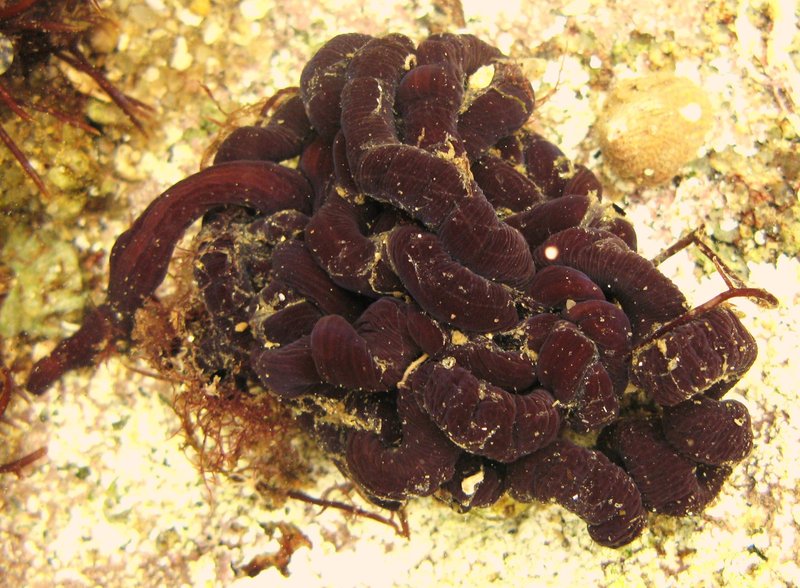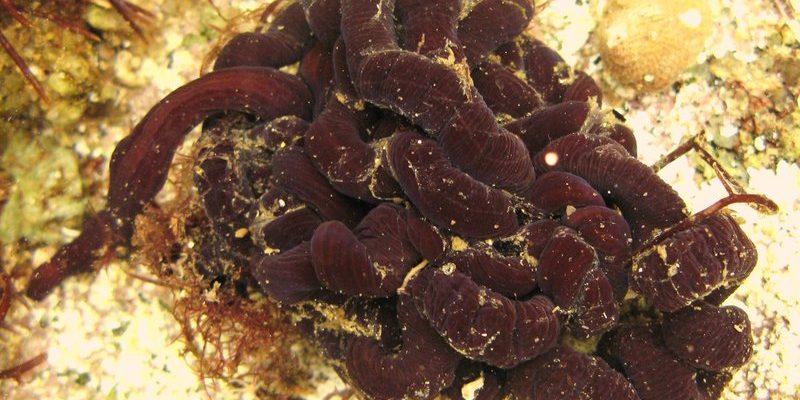
To put it in perspective, if you were to wrap one around a couple of trees, you might still have enough length left to reach another tree. These unique creatures thrive in the ocean, and their impressive lengths challenge our understanding of animal size. So, let’s dive deeper into the world of bootlace worms and explore the remarkable records they hold.
What Exactly Are Bootlace Worms?
Bootlace worms belong to the phylum Nemertea, which is a group known for their striking characteristics. These worms can grow to astounding lengths, with some individuals recorded at over 55 meters (that’s about 180 feet!). They typically live in marine environments, often hiding in sand and mud.
What’s really cool about bootlace worms is their anatomy. Unlike earthworms, bootlace worms have a long, slender body that can stretch and contract. They possess a unique feeding method that involves a special proboscis—think of it as a long, tube-like tongue—that they use to snatch up their prey. So, if you picture a noodle with a hungry appetite, you’re on the right track!
The Longest Bootlace Worms Recorded
Now, when we talk about the longest bootlace worms, we have to mention the impressive records. The *Lineus longissimus* holds the title for the longest known animal. One particular specimen discovered in Scotland’s waters measured an astonishing 55 meters long! That’s longer than most blue whales!
Another record was set by a bootlace worm found in the North Sea. It didn’t quite reach the length of the Scottish one but still stretched about 30 meters. It’s wild to think about how something so long can go mostly unnoticed beneath the waves. Honestly, it makes you wonder what else is hiding in our oceans.
How Do They Achieve Such Lengths?
You might be wondering how these worms manage to grow so long. It all starts with their specific habitat. Bootlace worms thrive in cold, nutrient-rich waters. They feed on small invertebrates and rely on their unique hunting strategy to find food.
Their bodies are made up of many segments, which allows them to stretch in a way no other worm can. This helps them to navigate through tight spaces and explore their environment more effectively. It’s similar to how a gymnast can bend and flex to fit through different apparatuses during a routine. So, their sheer flexibility, combined with an abundance of food and the right living conditions, contributes to their incredible lengths.
Why Should We Care About Bootlace Worms?
You might be thinking, “Why does it matter how long bootlace worms can get?” Well, understanding them helps us learn more about marine ecosystems. Bootlace worms play a role in the food web as both predators and prey. They contribute to the diversity and balance of their habitats.
Additionally, studying these remarkable creatures can inform us about the impacts of climate change on marine life. Changes in ocean temperature and chemistry can affect the worms’ behavior and distribution. By monitoring bootlace worms, scientists can gather vital data on the health of our oceans.
Bootlace Worms and Environmental Indicators
Speaking of marine health, bootlace worms can serve as excellent indicators of environmental changes. Scientists often look at their populations to gauge the impact of pollution and other human activities in ocean ecosystems. If bootlace worm populations start to decline, it can signal deeper issues in their habitats.
Additionally, their length and distribution can provide clues about the types of environments they prefer. By learning about their lifestyle, researchers can take steps to protect these marine ecosystems. It’s like having a natural alarm system that tells us when things are off balance.
Common Myths about Bootlace Worms
When it comes to bootlace worms, there are quite a few myths floating around. One common misconception is that they’re dangerous to humans. Thankfully, bootlace worms are harmless to us. They don’t pose any threat, unlike some other marine creatures.
Another myth is that they live solely near the ocean’s surface. In reality, these worms prefer the depths and often reside in the sea floor’s mud or sand, where they can remain hidden and hunt for food. Just like how some animals prefer to lurk in the shadows for safety, bootlace worms are masters of stealth.
How to Spot a Bootlace Worm
If you ever find yourself in marine waters, spotting a bootlace worm might be challenging. These worms often blend into their surroundings, making them hard to see. However, they can sometimes be spotted during low tide when they wash up on beaches or when you dig into the sand.
Here’s a tip: keep an eye out for long, snakelike shapes as they slither out of the sand. You might even come across them during marine research expeditions where scientists are studying ocean life. But remember, while they look intriguing, it’s best to leave them be and appreciate them from a distance!
Bootlace worms might seem like a quirky side note in the vast ocean ecosystem, but their incredible lengths and unique lifestyles spark curiosity about life beneath the waves. From their impressive records to their role in marine health, these creatures remind us that our oceans are full of wonders waiting to be discovered.
So next time you take a walk along the beach or think about marine life, remember the bootlace worm and its astonishing ability to stretch beyond our imagination. The ocean is full of surprises, and there’s always something new to learn about the creatures living in its depths.

